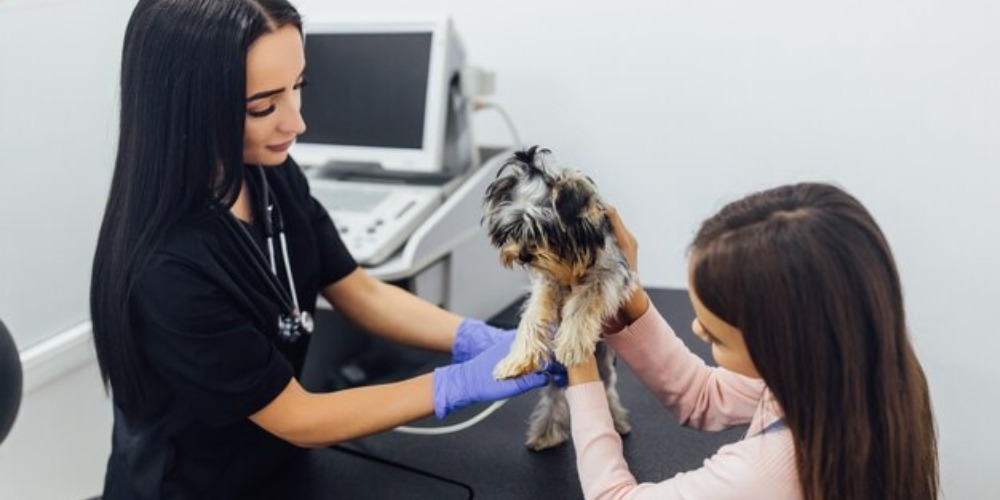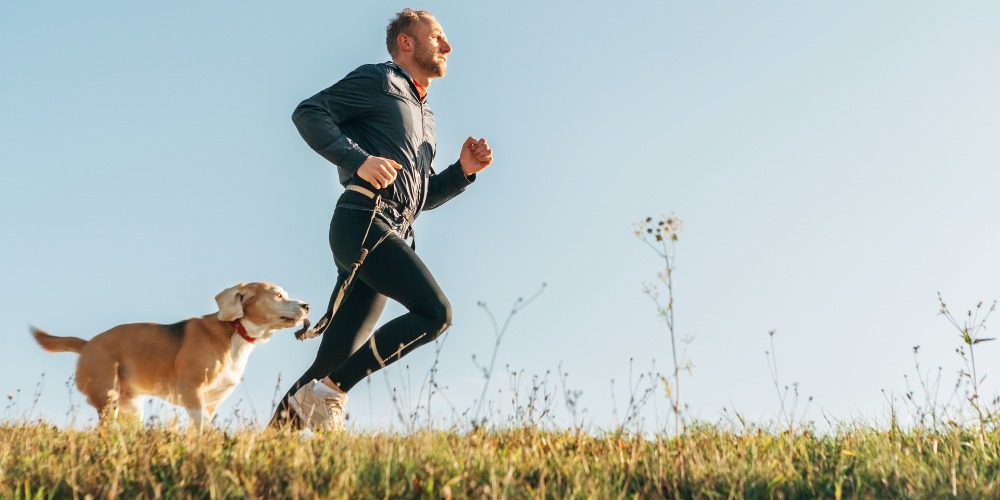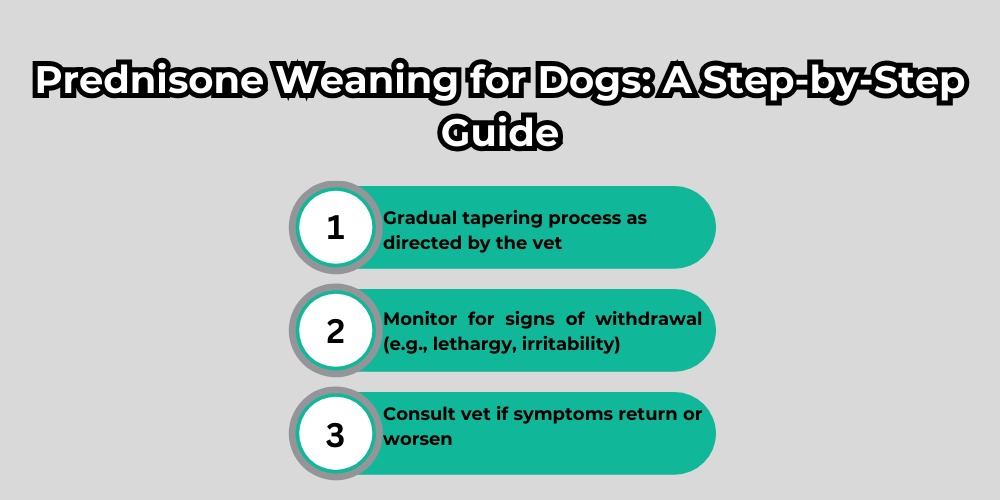Prednisone is a nonspecific corticosteroid; most of the conditions in a dog can be treated through this. It will be effective when it acts similarly as the naturally occurring from the adrenal gland, used in the treatment of inflammation, suppression of the immune system, or of allergies. Understanding what side effects may be associated with prednisone and how to best care for your dog on prednisone while on this medication will be of extreme importance in seeing improvement in the life quality of your dog, whether long-term or short-term.
Understanding dogs on prednisone: Treatment and Benefits
What is prednisone?

Prednisone in dogs can be regarded as one of the anti-inflammatory and immunosuppressive drugs prescribed for treating symptom-generating presentations related to several health conditions. Prescription of this medication occurs most often with cases that involve
They help reduce allergic reactions, irritations of the skin, and itching.
- Arthritis: Eases inflammation and pain in the joints of aged dogs.
- Asthma: It alleviates the respiratory distress due to inflammation of the airways.
How Prednisone Works
Prednisone is said to reduce inflammation and suppress the immune response. This feature is most useful for diseases involving overactive immune response or in which inflammation causes plenty of pain.
Dogs on Prednisone: Dosage and Administration
Following the Vet’s Instructions
Always administer prednisone to your dogs at exactly the dosages and schedules your veterinarian has prescribed. Prednisone may be prescribed in a variety of dosages. The dosage you will give will depend upon what it is that your veterinarian is treating. Never change the dosage without first consulting with your vet.
Tips for Administration
- With food:Administer prednisone with food to avoid potential gastro-intestinal side effects.
- Pill Pockets:There are pill pockets or similar things available. These are real pockets of prescription medication, allowing your dog to swallow them easily.
Dogs On Prednisone:Managing Side Effects
Common Side Effects
Although it is relatively effective, prednisone has numerous side effects. Among the most common adverse effects are
- Increased thirst and urination: Your dog will now drink more and urinate more.
- Increased appetite: Prednisone triggers an increased desire for food. This can lead to the possibility of gaining weight.
- Panting: They pant, especially at night. This is usually exaggerated.
Serious Side Effects
In some cases, prednisone can lead to more serious side effects, including:
- Lethargy:Note when your dog has a form of fatigue or a lack of energy that is not caused by something.
- Vomiting:Watch for: For vomiting, look out for signs of nausea and abdominal upset in your dog.
- Immunocompromised Response Infection: Since your dog has an immunocompromised response, he will be more susceptible to infections.
Tips for Managing Side Effects
- Weight Management:Monitor for weight gain closely: If he starts to gain, talk to your veterinarian and possibly fine-tune his diet.
- Hydration:Make sure he always has access to a source of fresh water because he is thirstier.
Dietary Adjustments for Dogs on Prednisone
Impact on Appetite and Weight
Prednisone is a stimulant for appetite, so your dog will likely be hungrier than normal. This may lead to weight gain if not accompanied by an appropriate control regime.
Feeding Tips
- Balanced Diet:Ensure your dog continues to receive a balanced diet rich in nutrients.
- Controlled Portion: This can be achieved by consuming smaller but more frequent meals in order not to overindulge, which may lead to weigh gain.
Hydration Needs
With prednisone, secondary to increased thirst, ensure that your dog has constant access to fresh water. Without it, dehydration can lead to other complications.
Exercise and Activity for Dogs on Prednisone

Adjusting Exercise Routines
The energy levels in dogs on prednisone can vary. Exercise routines need to be changed according to your dog’s current condition and energy levels.
Encouraging Gentle Activity
- Low-Impact Exercises: Some low-impact exercises that can be done to keep the dog busy without exhaustion would include short walks or gentle play.
- Frequent breaks: Give your dog frequent breaks during activities to allow him or her to rest as sometimes needed.
Monitoring and Managing Behavioral Changes in Dogs on Prednisone
Managing Behavioral Changes
Prednisone can affect your dog’s mood and behavior. You may notice increased irritability or anxiety.
Creating a Comfortable Environment
- Calm Space: Provide a soothing and tranquil setting to help dampen behavioral changes. A soft bed and quiet space can keep your dog feeling secure.
- Routine:A routine feeding and exercise schedule must be followed in order to impart stability.
Regular Veterinary Check-Ups for Dogs on Prednisone
Importance of Regular Monitoring
Regular visits with the veterinarian should be advocated if a dog is on prednisone. Blood tests should be considered by your veterinarian to evaluate your dog’s overall health and ensure that it receives the best dose for the period needed.
Adjusting Treatment Plans
Ensure that you report any changes in your dog’s condition or side effects from the treatment to your veterinarian.
Dogs on Prednisone: Weaning Your Dog Off Prednisone

Gradual Reduction
If your dog has been on prednisone for a long time, you should taper off the medicine slowly instead of quitting abruptly since the body will find itself without enough corticosteroids in a twinkling of an eye thus preventing an adrenal crisis.
Monitoring During Weaning
Monitor your dog closely while it is undergoing withdrawal treatment and observe if any signs of the problem and withdrawal return. You should be able to consult your vet on all these issues.
Alternative and Complementary Therapies to Prednisone On Dogs
Discussing Alternatives with Your Vet
If the treatment with prednisone would have to be maintained for a long time, then alternative treatments can be discussed with a veterinarian. Some alternative treatments would include the use of non-steroidal anti-inflammatory drugs or other treatments.
Holistic Approaches
Many pet owners take alternative holistic approaches, such as acupuncture, dietary supplements, or other practices. Alternative holistic practices often augment traditional treatments and help to alleviate some of the conditions.
Caring for your dog when on prednisone is a heavy observation of what the animal consumes, the exercise levels it maintains, and its general health state. Checking for side effects in addition to strictly following your veterinarian’s prescription will ensure that your pet remains healthy and comfortable. The proper care and attention that will be rendered to your dog ensure that it will lead a better quality of life as you reap the benefits of prednisone. Any particular advice or alterations concerning your dog’s requirements must refer to your vet for guidance.







